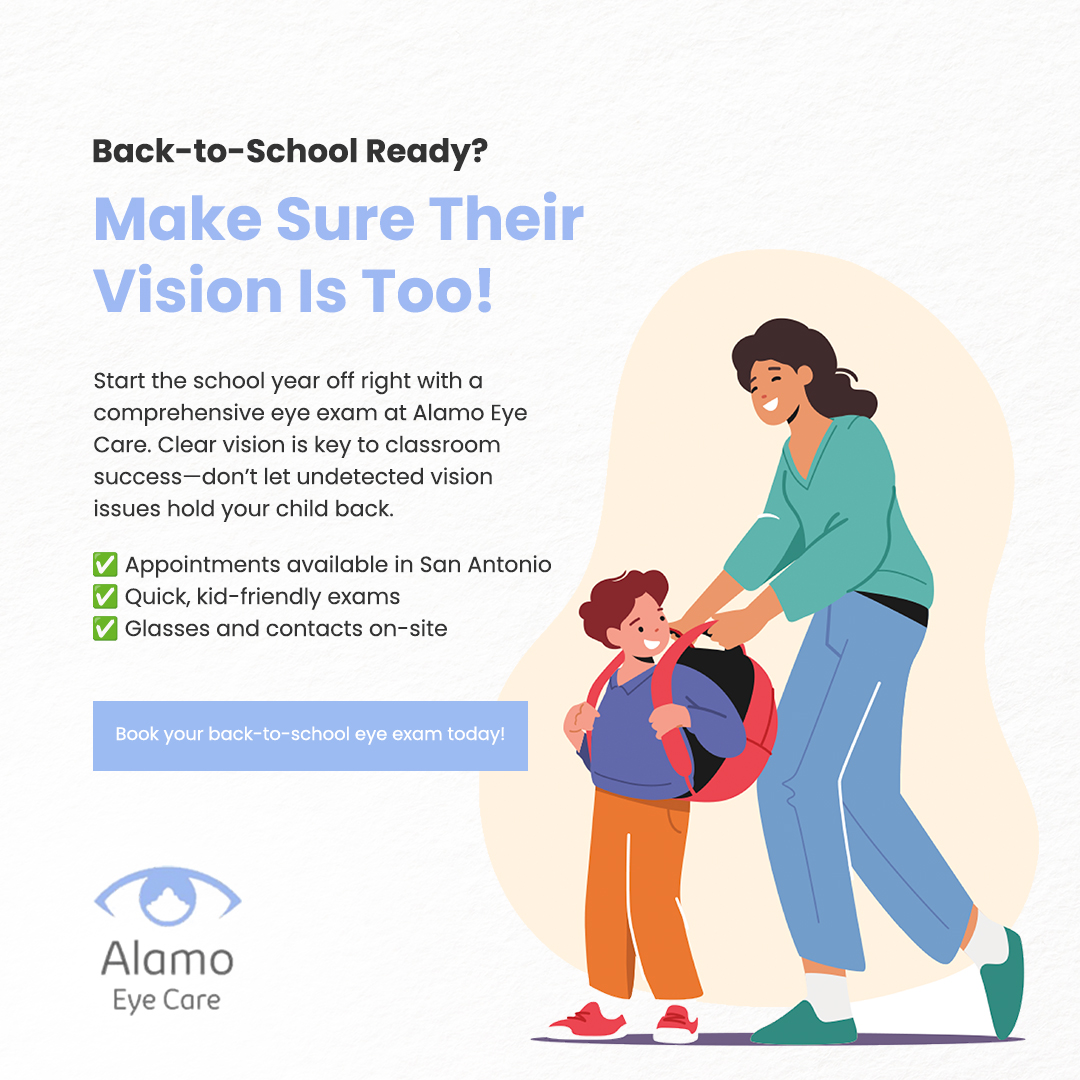
Myopia, commonly known as nearsightedness, is a prevalent eye condition where the eye does not bend or refract light correctly, leading to a blurry view of distant objects. This condition usually occurs when the eyeball is too long or the cornea excessively curved, causing light entering the eye to focus in front of the retina instead of directly on its surface. As a result, distant objects appear blurry while close objects are seen clearly, hence the term "nearsightedness."
This eye disorder often develops in childhood and progressively worsens as one grows, reaching stability in early adulthood. It is estimated that about one-third of the world's population suffers from myopia, underscoring its significance as a global health concern. Factors contributing to myopia include both genetic and environmental elements, such as extensive near work like reading or computer use.
Understanding myopia is the first step in managing it effectively, as it enables one to take necessary preventive measures and seek appropriate treatment. The condition can significantly affect individuals' quality of life, impacting their ability to perform daily tasks and activities that require clear distant vision.
Importance of Early Myopia Diagnosis
Early diagnosis of myopia is crucial in managing the condition and preventing its progression to more severe forms. Regular eye examinations are vital, especially for children, as the condition often develops during the school-age years. These tests not only help identify myopia early but also detect other eye disorders that may accompany or even cause it.
An early diagnosis of myopia allows for prompt treatment, which can slow down or even halt the progression of the condition. This is particularly important for children as their eyes are still developing, and any untreated vision problems can lead to long-term visual impairment. Additionally, children with myopia may struggle academically if their condition goes unnoticed and untreated, as it can hinder their ability to participate in class or complete homework effectively.
Aside from academic implications, untreated myopia in children can also lead to social challenges. For instance, it may limit their involvement in sports and other outdoor activities that require good distant vision, impacting their social interactions and overall well-being. Therefore, early diagnosis and treatment of myopia are essential in ensuring a child's healthy eye development and quality of life.
Common Myopia Treatment Options
Myopia treatment focuses on correcting the refractive error, thereby improving distant vision. The most common myopia treatment options include glasses, contact lenses, and refractive surgery.
Eyeglasses are the simplest and safest way to correct myopia. They work by compensating for the eye's curvature, enabling light to focus properly on the retina. The lenses used in myopia glasses are concave (thinner at the center) and come in varying strengths or optical powers, depending on the severity of the condition.
Contact lenses work similarly to glasses, but they are worn directly on the eyes. They offer a wider field of vision than glasses and are less likely to get fogged up or smeared, making them an excellent option for sports and outdoor activities. However, they require more care and maintenance than glasses.
Refractive surgery, on the other hand, provides a more permanent solution to myopia. It involves reshaping the cornea with a laser, thereby changing the way light enters the eye. There are several types of refractive surgery, including LASIK, PRK, and SMILE. Each has its advantages and potential risks, so it's essential to discuss these with your eye doctor before deciding on surgery.
Laser Eye Surgery for Myopia
Laser eye surgery has revolutionized myopia treatment, providing an effective and long-term solution for suitable candidates. This procedure uses a laser to reshape the cornea, correcting the way light enters the eye and improving distant vision.
LASIK (Laser-Assisted In Situ Keratomileusis) is the most popular type of laser eye surgery for myopia. It involves creating a thin flap in the cornea, reshaping the underlying tissue with a laser, and then repositioning the flap. The procedure is relatively quick, usually taking less than 30 minutes, and most patients experience improved vision almost immediately after surgery.
PRK (Photorefractive Keratectomy) is another type of laser eye surgery. Unlike LASIK, PRK does not involve creating a corneal flap. Instead, the outer layer of the cornea is removed, and the underlying tissue is reshaped with a laser. PRK recovery is typically slower than LASIK, but it is often recommended for patients with thin corneas or other conditions that may make them unsuitable for LASIK.
SMILE (Small Incision Lenticule Extraction) is a newer type of laser eye surgery for myopia. It involves creating a small incision in the cornea and removing a small piece of tissue to reshape the cornea. SMILE has a shorter recovery time than LASIK and PRK, and it preserves more corneal tissue, reducing the risk of dry eyes.
Contact Lenses as a Myopia Treatment
Contact lenses are a popular myopia treatment option, particularly for individuals who find glasses inconvenient or unsuitable for their lifestyle. They work by correcting the eye's refractive error, just like glasses, but offer a wider field of vision and can provide more natural vision.
There are several types of contact lenses available for myopia, including soft lenses, rigid gas permeable lenses, and hybrid lenses. Soft lenses are made of flexible plastic that allows oxygen to pass through to the cornea, making them comfortable to wear. Rigid gas permeable lenses, on the other hand, are more durable and resistant to deposit buildup, and they tend to be less expensive over the life of the lens.
Contact lenses require proper care and maintenance to prevent eye infections and other complications. This includes cleaning and disinfecting them regularly, following the recommended replacement schedule, and having regular eye exams to ensure they are fitting well and not causing any eye problems.
Orthokeratology: An Innovative Myopia Treatment
Orthokeratology, or Ortho-K, is an innovative myopia treatment that involves wearing specially designed contact lenses overnight to reshape the cornea temporarily. This non-surgical treatment can effectively correct mild to moderate myopia, providing clear vision during the day without the need for glasses or contact lenses.
Ortho-K lenses work by applying pressure to the cornea, causing it to flatten. This change in shape corrects the refractive error, allowing light to focus correctly on the retina. The effect lasts for one to two days, so the lenses need to be worn every night for continuous correction.
Orthokeratology has been shown to slow the progression of myopia in children, making it an attractive treatment option for this age group. However, it requires a commitment to nightly lens wear and proper lens care, and it may not be suitable for everyone. It's essential to discuss this treatment option with your eye doctor to determine if it's right for you or your child.
Choosing the Right Myopia Treatment for You
Choosing the right myopia treatment depends on various factors, including the severity of your myopia, your lifestyle, and your personal preferences. Glasses and contact lenses are the most common treatment options, offering a simple and non-invasive way to correct myopia. Laser eye surgery provides a more permanent solution, but it comes with potential risks and is not suitable for everyone.
Ultimately, the best myopia treatment for you is the one that fits your needs and lifestyle and gives you the best possible vision. It's essential to discuss all your treatment options with your optometrist to make an informed decision about your eye health.
For more information on effective treatment options for myopia, visit Alamo Eye Care at our San Antonio or Austin, Texas, office. Please call or text (210) 403-9050 to schedule an appointment today.








